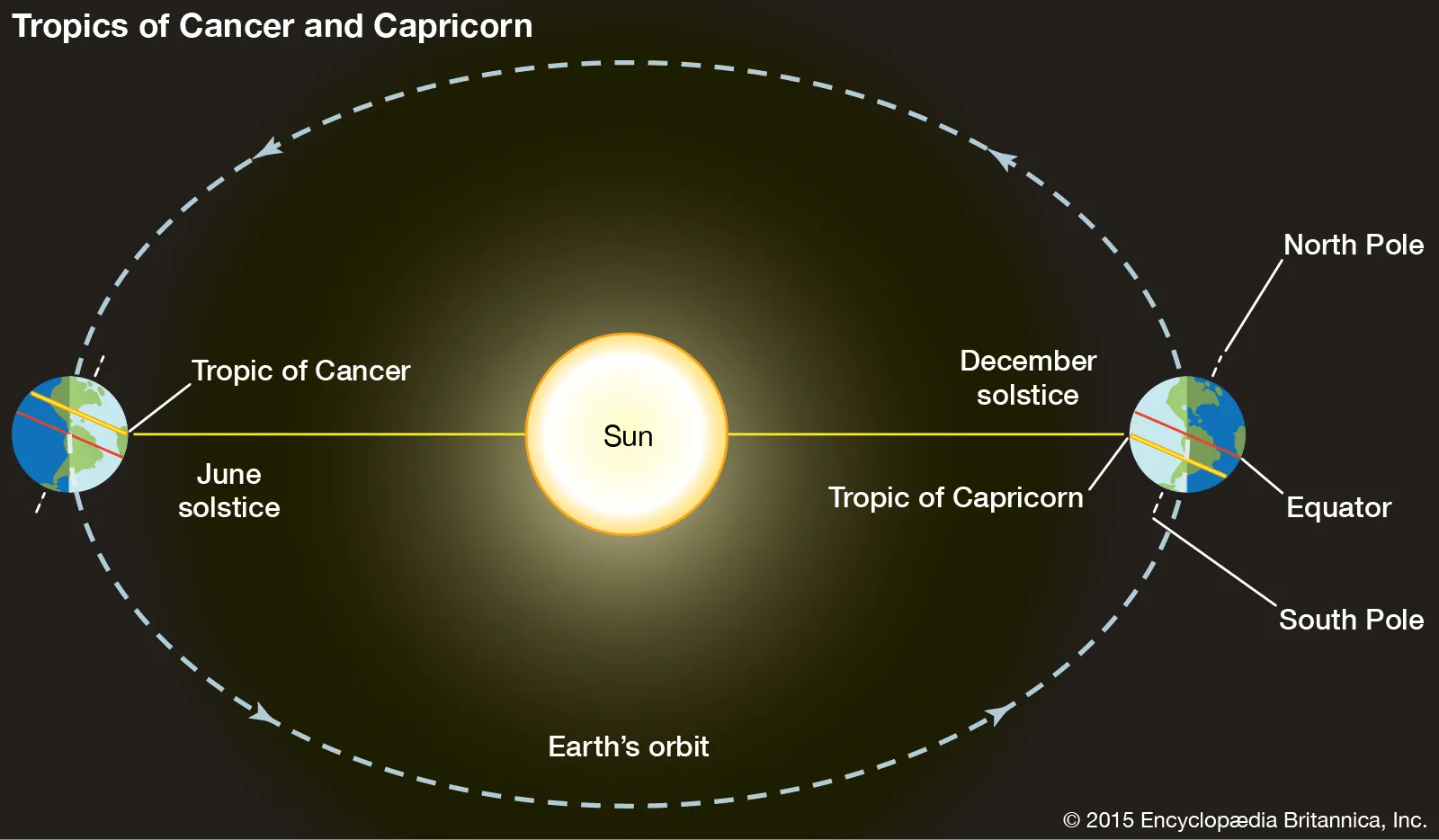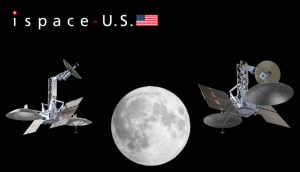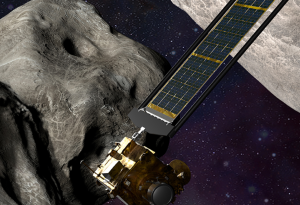December Solstice 2023: What to Know Before It Arrives
19th Dec 2023
As the year draws close, a celestial event marks a significant transition in Earth’s journey around the Sun – the December Solstice. Occurring on 21st December 2023, this astronomical event holds cultural, historical, and scientific importance. Let’s delve into the key aspects surrounding the upcoming December Solstice and unravel its significance.
When is the Winter Solstice?
The December Solstice, also known as the winter solstice in the Northern Hemisphere and the summer solstice in the Southern Hemisphere, occurs annually between 20 December and 23 December In 2023, it officially takes place on 21st December.
What is the Winter Solstice?
The winter solstice occurs when the Earth’s axial tilt is farthest from the sun. This results in the least amount of daylight and the longest night of the year. It is a natural phenomenon that happens twice annually, once in each hemisphere.
In the Northern Hemisphere, the winter solstice occurs in December, while in the Southern Hemisphere, it occurs in June. The exact time can vary by a few days each year, depending on the calendar.
Why is the Winter Solstice Known as the First Day of Winter?
The winter solstice is traditionally considered the first day of winter because it is the day with the shortest period of daylight and the longest night of the year. This is due to the Earth’s tilt away from the Sun, which reaches its maximum during the solstice.
It’s worth noting that meteorologists often consider the beginning of December as the start of the meteorological winter based on the annual temperature cycle, but the astronomical winter begins with the solstice.
Is 21st December the shortest day of the year?
Yes, solstices define the longest and shortest days of the year. This is because the North Pole is tilted farthest away from the Sun. In contrast, equinoxes (which we see in the spring and fall) are defined as days with the same amount of daytime and nighttime.
Conversely, in the Southern Hemisphere, the December solstice is the longest day and shortest night of the year. This is because the South Pole is tilted toward the sun.
Do Other Planets Have Solstices?
Indeed, solstices aren’t exclusive to Earth – they grace other planets in our solar system as well. Each planet experiences its own versions of solstices and equinoxes governed by the unique tilt of their axes. For instance, Uranus, with its extreme tilt of 82 degrees, encounters prolonged seasons spanning up to two decades.
How Have Humans Recognized the Winter Solstice?
Historically, humans have recognized the winter solstice through various cultural and religious practices. Many ancient civilizations built monuments and structures aligned with the sun during the solstice.
One famous example is Stonehenge in England, where the sun sets in perfect alignment with the stones during the Winter Solstice. The ancient Romans also celebrated Saturnalia, a festival of light leading to the Winter Solstice.
The December Solstice is also associated with the Pagan festival of Yule, a celebration of the Winter Solstice that predates Christmas. Yule traditions have influenced many aspects of modern Christmas celebrations.
In modern times, the Winter Solstice is still observed worldwide with a variety of traditions and celebrations. It marks a period of rebirth and renewal as the days start to lengthen again, bringing more light into our lives.
The December Solstice is not just a day with the least amount of daylight but a significant event celebrated and revered throughout history. As we approach 21st December 2023, it’s an opportunity to reflect on the past year and look forward to the new beginnings that the return of the light brings.






Thank you for your comment! It will be visible on the site after moderation.